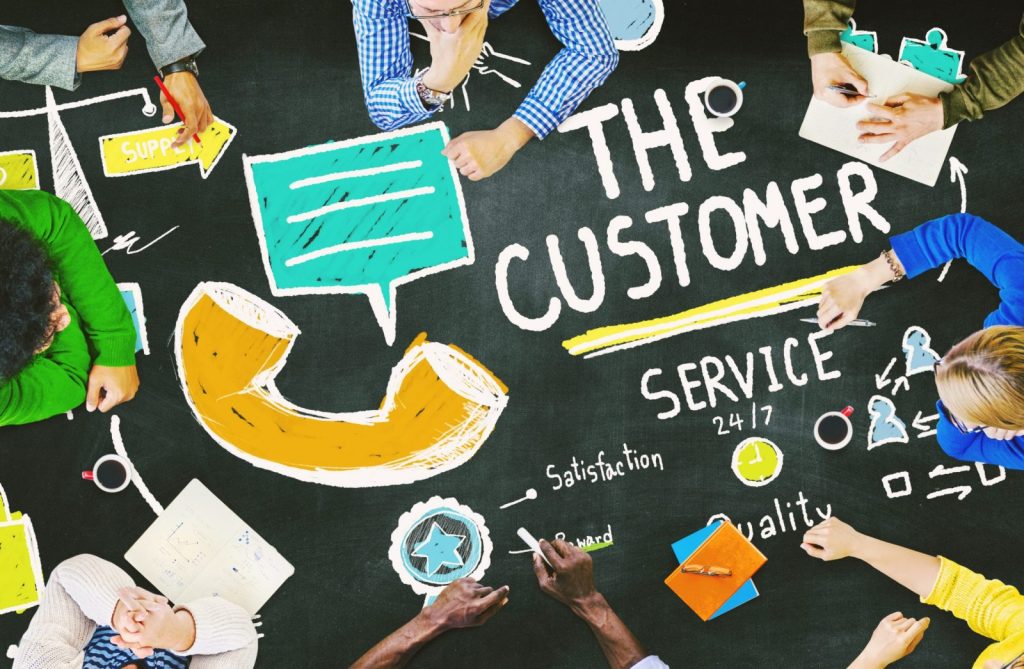
We recently posted an article about how brands like Jet Blue, Nike, Air Asia, Starbucks, and Whole Foods rock customer service on social media. “We’ll get right back to you in the next 48 hours” just is not going to cut it anymore. Welcome to the age of social listening, where a company’s communication/marketing staff must not only stay abreast of what’s happening to their product or service in general, but what specific individuals are saying about it online. We mentioned before that social listening is an art and a science, and requires some digging, from finding references on personal sites and blogs to engaging customers directly and quickly on prominent social networks.
Adding to the pressure is that there’s often an audience waiting to see how you respond to customer service issues on social. When someone posts a question or gripe on your company’s public Facebook page, anyone who sees that page can see how fast (and well – or not well) you answer.
In the end, good social listening comes down to great customer service. Here are some examples of solid social listening:
Use social listening to show that you’re responsive and want to help.
Whether your customers are posting kudos or complaints, this provides an opportunity to demonstrate that a real human is responding behind the brand. You probably should refrain from getting into emotional discussions (because we know, you can’t please everybody) and should also be ready to keep conversations from degrading into the sharing of all past grievances, especially on a public forum. However, you can at least hear people out and try to find a satisfactory solution. If a conversation starts going sideways, you can always encourage them to continue it by switching to email, text or phone. This puts it out of the public view and provides personal attention. We wrote before about Maker’s Mark whiskey and how they responded to their readers after showing major concern on social media regarding Maker’s Mark’s decision to reduce their alcohol content in its whiskey. The company actively engaged their audience during this quick turmoil period for the brand and ultimately reversed course.
Offer a different perspective.
Social listening isn’t just about responding to other peoples’ posts on social media, but it’s also about actively looking for places where your business is discussed and focusing on reputation management -we find a lot of these types of opportunities happening on public review sites like Yelp. The Samovar teahouse in San Francisco did an awesome job at responding to an unhappy customer via Yelp. They took responsibility for how the customer felt, validated her points of view and provided an opportunity to own responsibility own thoughts on the situation at hand.
Gain new customers.
Zoe Summers from Social Media Examiner suggests that the ability to demonstrate superior customer service could be seen as an asset to those who receive help and have their problem validated. She also suggests using SEO techniques to search keywords for any discussion or references to your business. Also, she and others suggest that you search for references to your products and your competitors. If people are dissatisfied and grumbling about what Brand X offers, it can be an easy opportunity for you to join the discussion and let people know about your comparable product and how you can help. KLM, an international airline, is often praised for “getting it right” as far as responding quickly, being honest, monitoring several channels and generally boosting its reputation.
To learn about our Digital Marketing services, click here.


